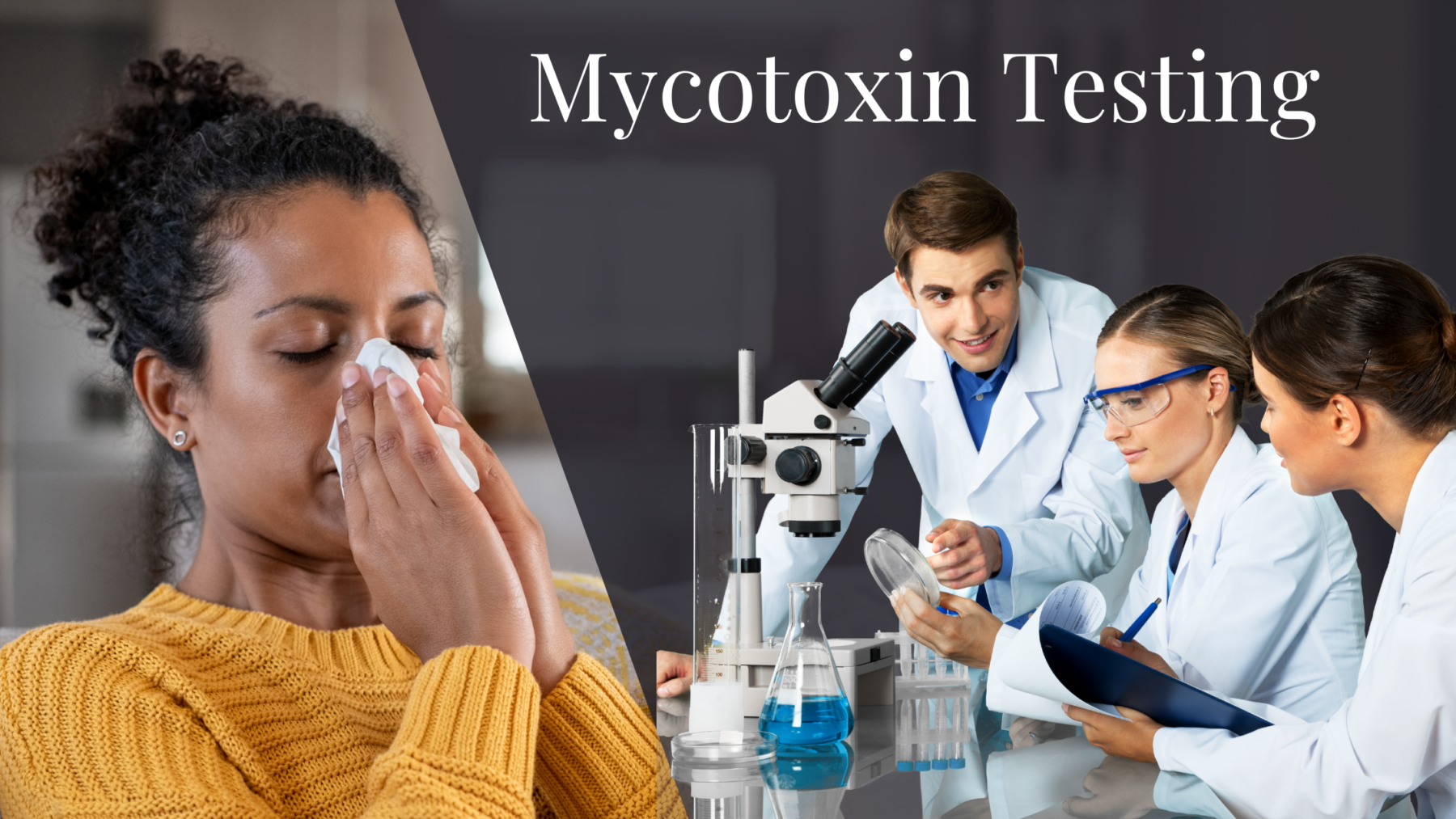How Mycotoxin Testing Assists Avoid Contamination and Guard Food Supplies

Mycotoxin testing is an important technique in the food industry, offering as a frontline defense against contamination by dangerous toxic substances produced by molds. With the application of innovative methods like High-Performance Liquid Chromatography (HPLC) and Fluid Chromatography-Mass Spectrometry (LC-MS), food producers can properly measure and spot mycotoxin degrees in agricultural items.
Recognizing Mycotoxins
Comprehending mycotoxins starts with recognizing that they are harmful additional metabolites created by certain mold and mildews, which can pollute agricultural products. These metabolites are not important for the growth or reproduction of the fungis yet can have severe implications for human and animal health and wellness. Mycotoxins are typically located in staple crops such as corn, wheat, barley, and nuts, where they can proliferate under specific conditions of dampness and temperature.
There are a number of types of mycotoxins, each generated by various fungal types. Fusarium types create fumonisins and trichothecenes, both of which are connected with different intense and chronic health and wellness problems.

Threats of Mycotoxin Contamination
The dangers of mycotoxin contamination are complex, positioning considerable threats to both food safety and security and public health. Mycotoxins, harmful substances created by particular kinds of fungis, can contaminate a broad array of farming products including grains, nuts, flavors, dried fruits, and coffee.
Financial influences are one more significant problem. Polluted plants can lead to considerable financial losses for farmers and food producers as a result of minimized yields and the demand for pricey purification measures. International profession can be significantly impeded as nations apply strict mycotoxin laws to shield their populations, leading to rejected deliveries and strained profession relationships.
Environmental aspects such as environment change worsen the risk of mycotoxin contamination. Variations in temperature level and humidity can create desirable conditions for fungal growth, enhancing the likelihood of contamination occasions. Hence, understanding and minimizing these risks are crucial for making certain the safety and honesty of global food supplies.
Methods of Mycotoxin Checking
Properly determining mycotoxin contamination in agricultural items is vital for securing public health and wellness and keeping food safety and security requirements. Numerous approaches are employed to detect and quantify mycotoxins, each offering details advantages and constraints.
High-Performance Liquid Chromatography (HPLC) is a commonly made use of approach due to its high level of sensitivity and accuracy. It includes separating mycotoxins from other substances in a sample, enabling accurate metrology. Likewise, Fluid Chromatography-Mass Spectrometry (LC-MS) incorporates liquid chromatography with mass spectrometry to give in-depth molecular information, making it specifically beneficial for recognizing several mycotoxins concurrently - Mycotoxin testing Services.

Gas Chromatography-Mass Spectrometry (GC-MS) and Thin-Layer Chromatography (TENDER LOVING have a peek here CARE) are likewise utilized, each with unique applications. GC-MS is effective for unstable mycotoxins, while tender loving care uses a less complex, affordable alternative for preliminary screening.
Benefits of Routine Checking
Normal screening for mycotoxins in farming products supplies countless benefits, dramatically contributing to public health and wellness and food safety. By identifying contamination early, regular testing helps avoid the circulation of hazardous foods, thus minimizing the danger of mycotoxin-related health problems among consumers. This positive method not only safeguards human health yet also boosts the total quality of food supplies.
Different nations and regions have developed rigid restrictions for mycotoxin degrees in food and feed. Adhering to these restrictions with routine screening guarantees that vendors and manufacturers satisfy legal criteria, therefore preventing penalties and trade barriers.
Additionally, regular mycotoxin testing can result in substantial financial advantages. Early discovery of contamination permits timely intervention, minimizing prospective losses from extensive contamination. Implementing regular screening procedures can additionally minimize recall costs and relevant responsibilities, which can be financially ravaging.
In addition, regular testing supplies important information that can inform far better farming practices and storage space problems. By recognizing patterns of contamination, producers can embrace safety nets, therefore reducing future threats and contributing to the sustainability of the food supply chain.
Applying Evaluating Protocols
Carrying out effective mycotoxin testing procedures is essential for guaranteeing the safety and top quality of farming products. Developing a durable screening see it here framework includes multiple crucial steps, beginning with the identification of prospective contamination factors within the production and supply chain. This consists of pre-harvest, post-harvest, storage space, and distribution stages. Each phase has to be scrutinized to identify where mycotoxin contamination is most likely to occur.
Once important control factors are determined, picking ideal testing methods is necessary. Common strategies include enzyme-linked immunosorbent assay (ELISA), high-performance fluid chromatography (HPLC), and mass spectrometry (MS) Each method has its weak points and toughness; hence, selecting the right one depends upon the details mycotoxin being evaluated, the called for sensitivity, and offered sources.

Last but not least, incorporating the screening protocols right into a detailed food safety administration system is advisable. This enhances traceability and allows speedy corrective activities when contamination is detected, consequently safeguarding the integrity of the food supply chain.
Final Thought
Mycotoxin screening is important in my website avoiding contamination and securing food materials by allowing very early detection of hazardous contaminants produced by mold and mildews in farming items. Regular screening improves brand credibility, monetary stability, and trust in food safety by decreasing contamination-related losses and preserving high criteria in food manufacturing.
Mycotoxin testing is a vital technique in the food market, offering as a frontline protection versus contamination by unsafe toxic substances generated by mold and mildews. An incorporated technique including agricultural practices, storage management, and regular screening can minimize the threats linked with mycotoxin contamination, ensuring food security and public health and wellness.
The threats of mycotoxin contamination are diverse, positioning substantial hazards to both food security and public wellness.Normal testing for mycotoxins in agricultural products uses various benefits, considerably contributing to public wellness and food security.Mycotoxin testing is crucial in stopping contamination and protecting food supplies by making it possible for early discovery of dangerous toxic substances generated by molds in farming products.